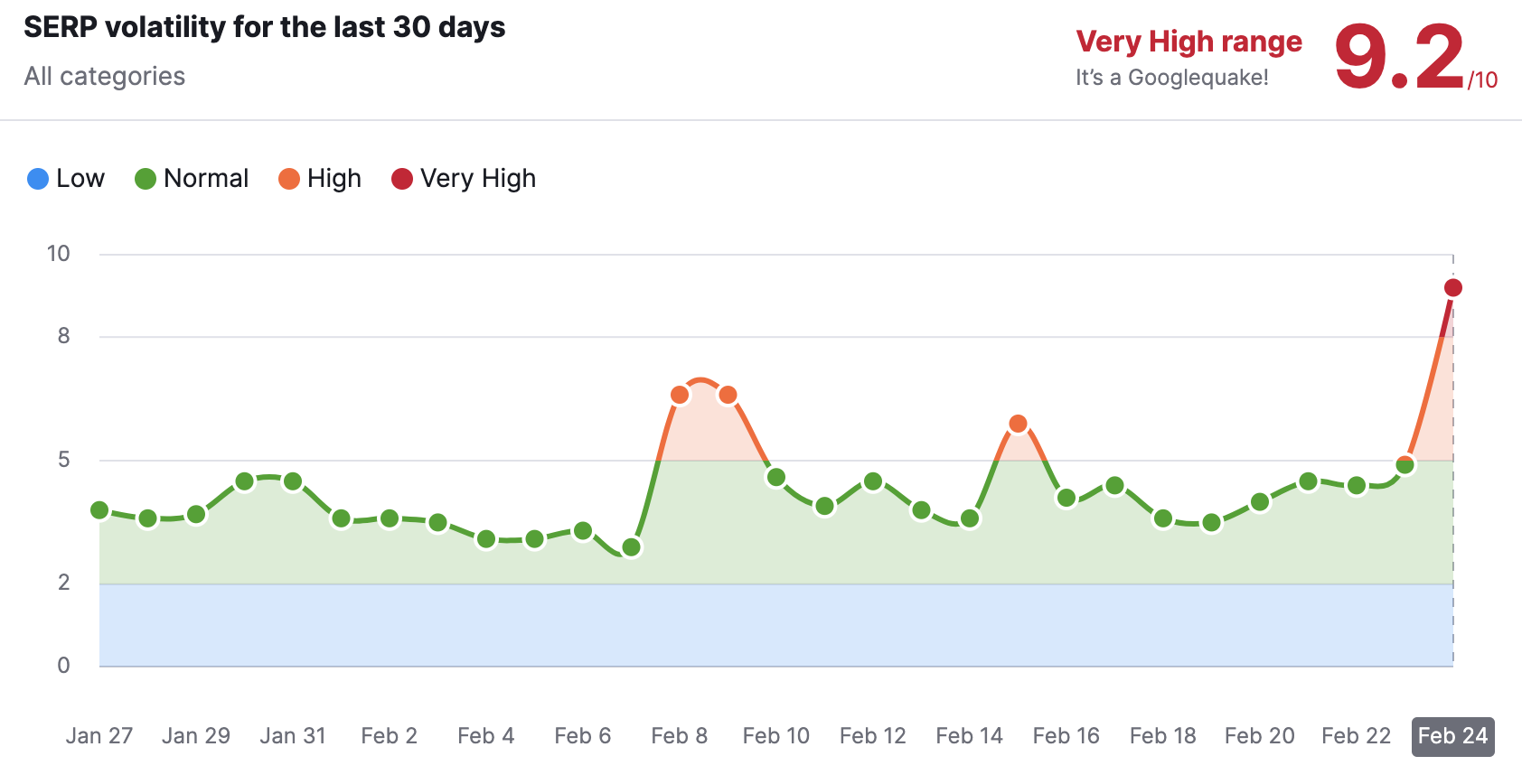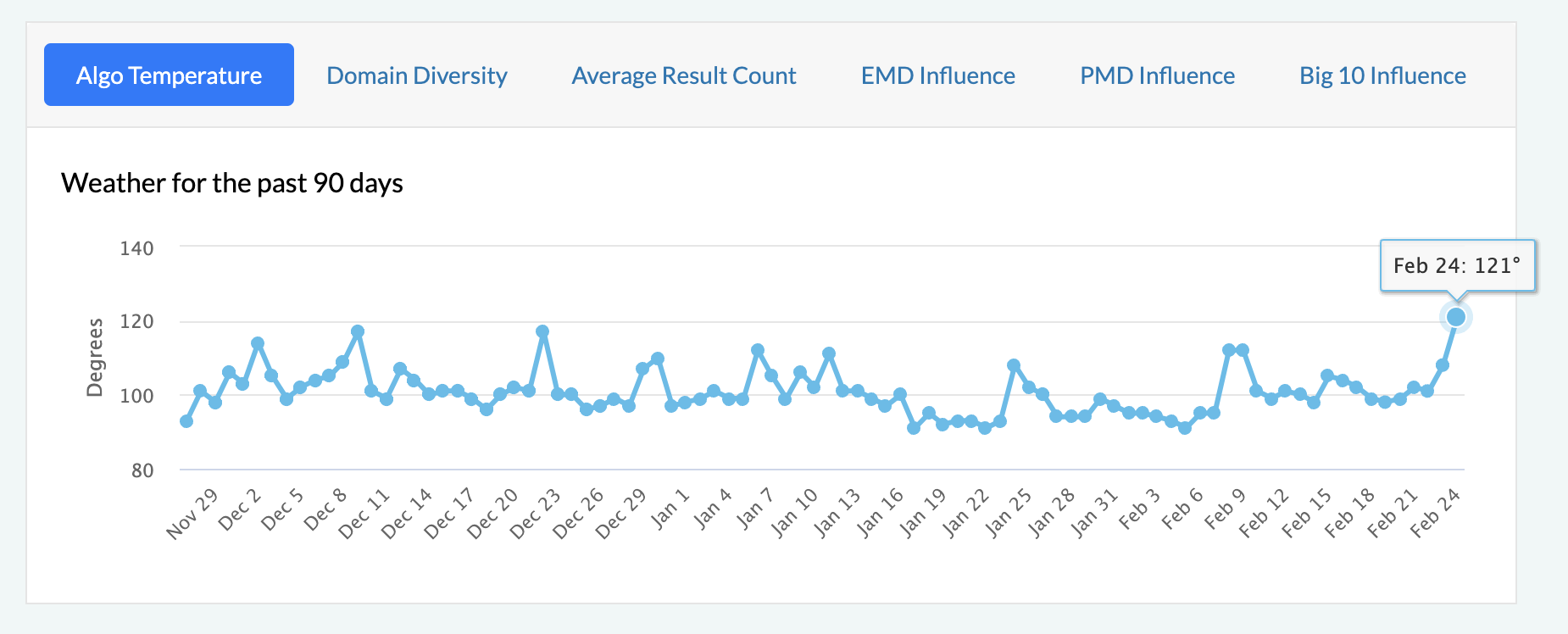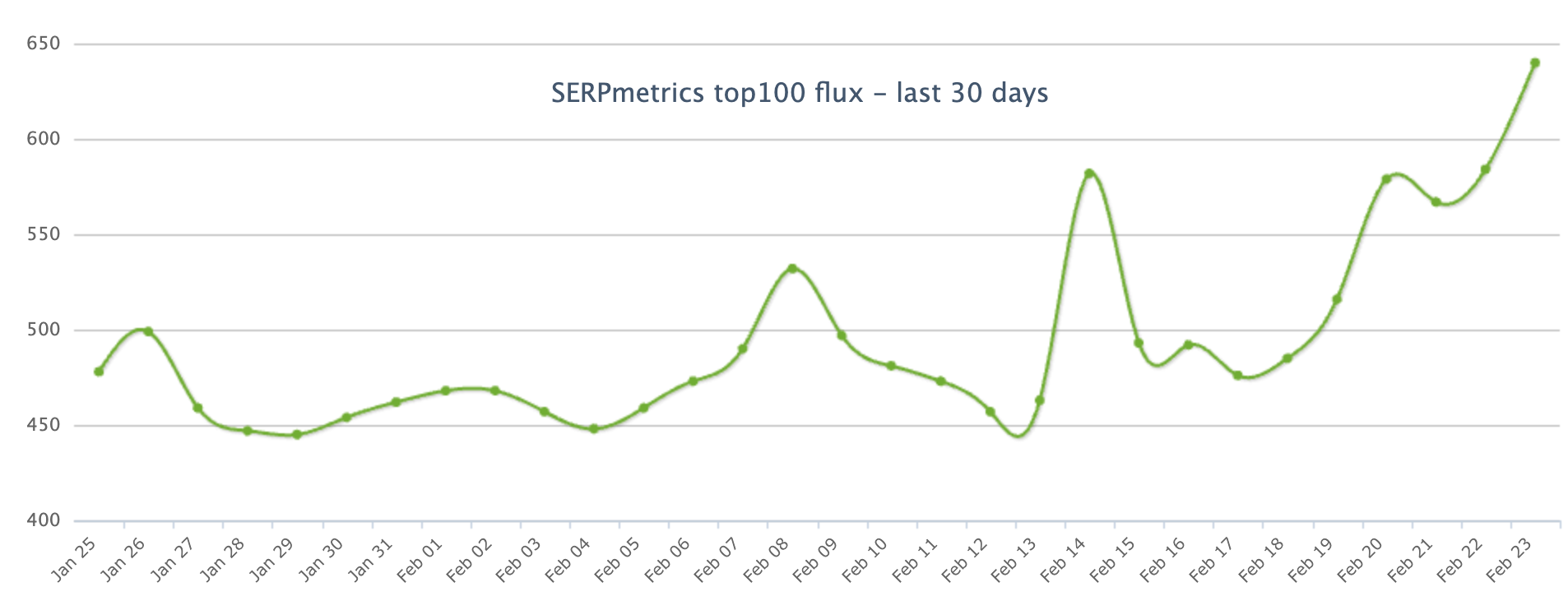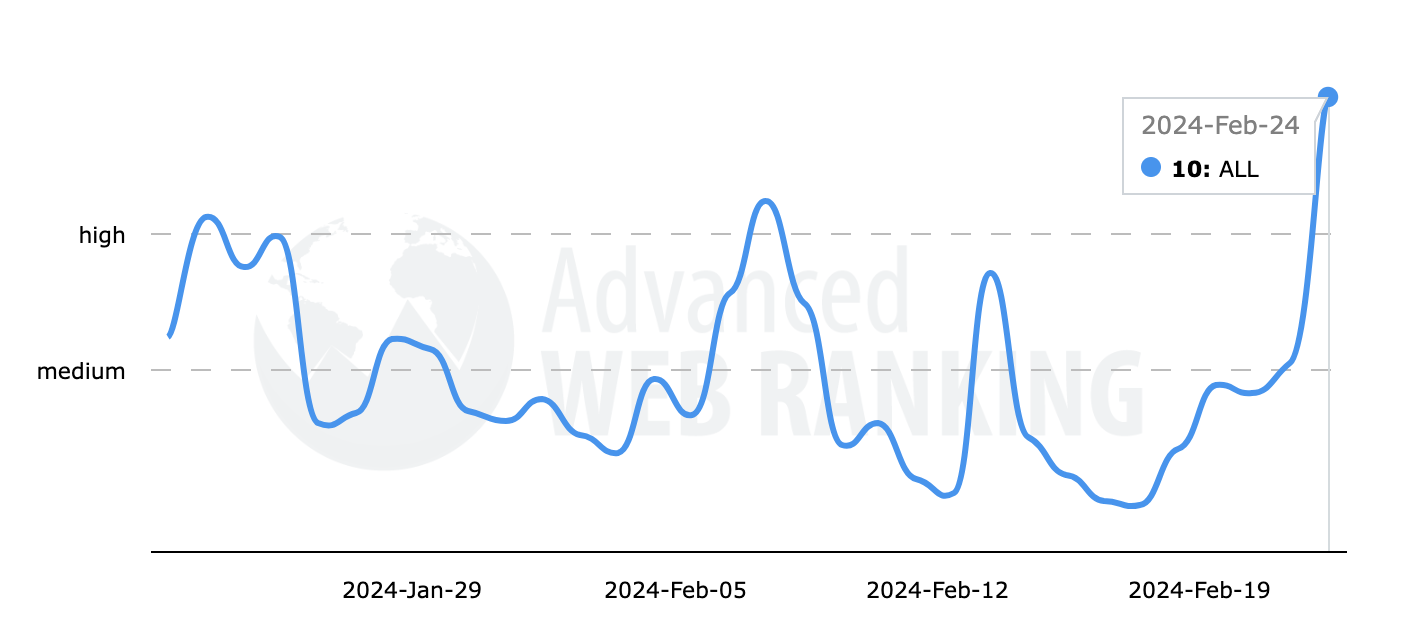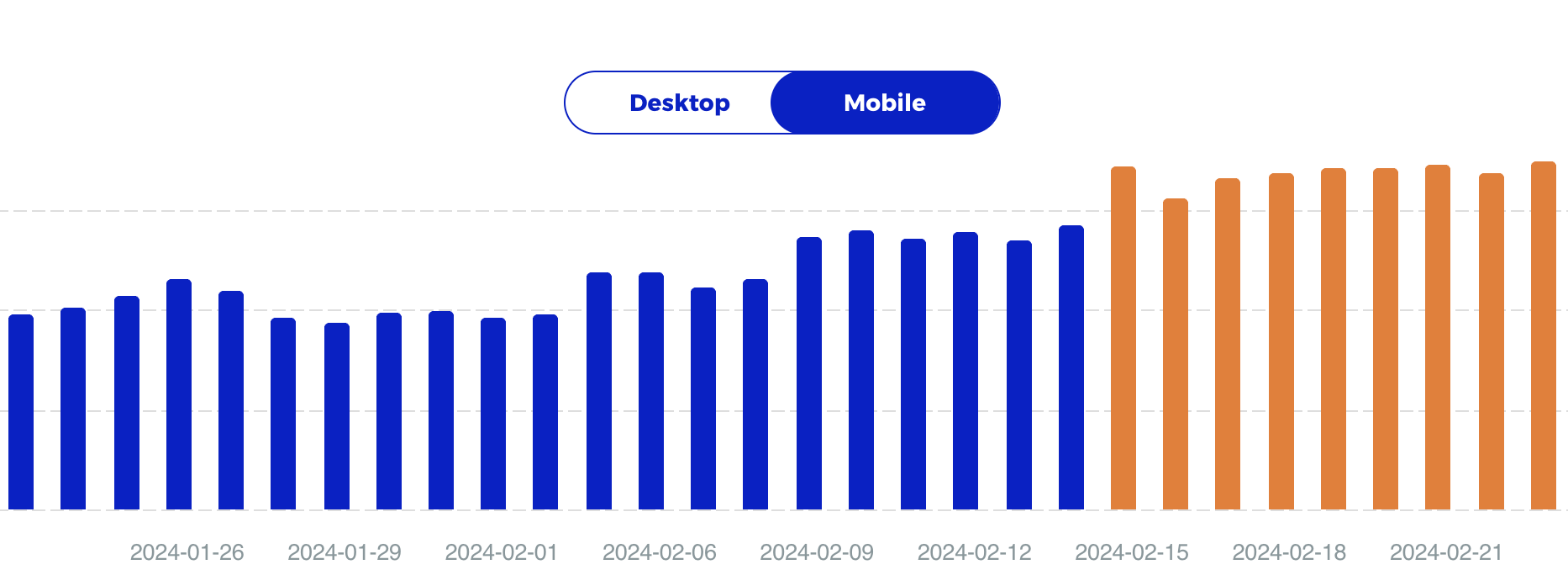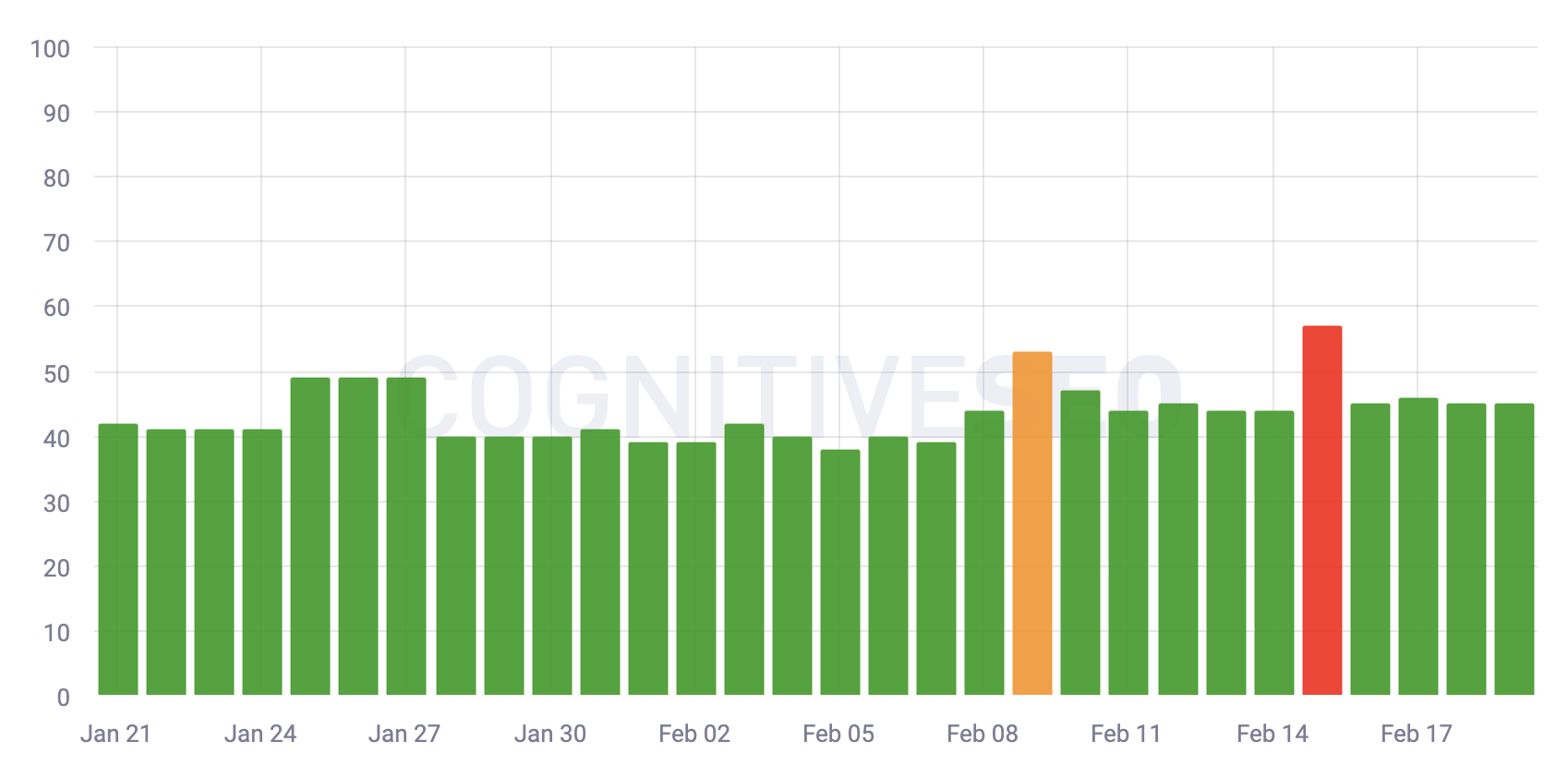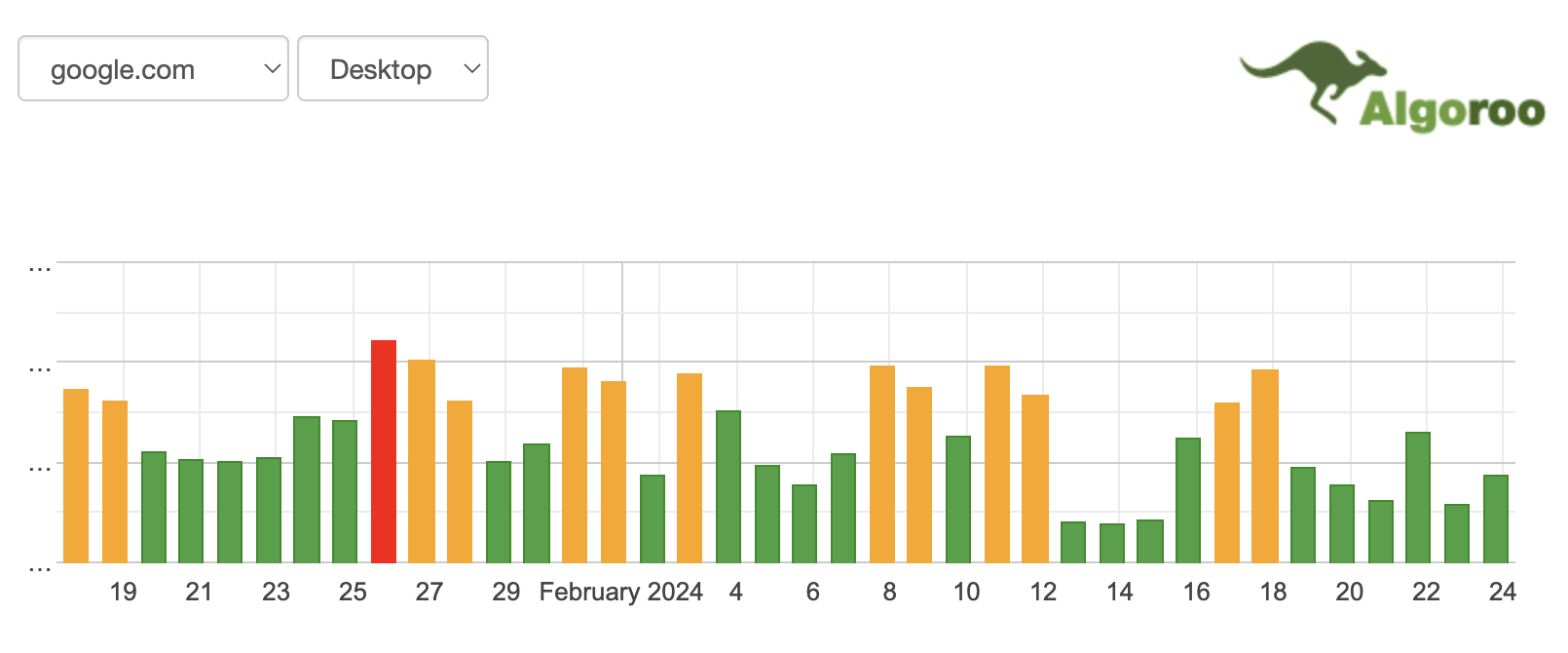OTHER
What is Search Intent and How Can You Optimize it
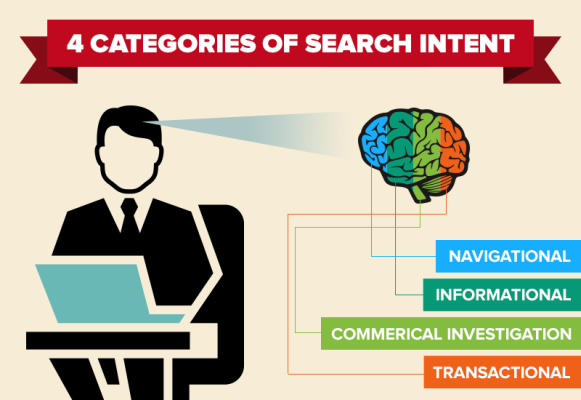
What is Search Intent?
With the evolving digital world and consumers knowing what they want, it gets harder to engage them, and thus, search intent has become a hot topic for marketers.
Search intent refers to the reason behind a searcher’s query on a search engine. Creating content to satisfy search intent has emerged as the biggest goal for Google since it not only means a better user experience, but the traffic caused by it also increases ad revenues.
In content marketing, search intent should be a major part of the strategy. Why? Both mobile and voice search cater to audience’s short attention spans, so the faster your content answers readers’ queries, the higher the chances are they’ll stick around.
Why is Search Intent Important?
Optimizing search intent ensures that users engage with your content for a longer period of time. This not only acts as a positive signal for Google to boost your website higher in ranking, but it also helps you raise brand awareness through the rankings, which drive relevant leads and prospects to your site.
The more familiarity users have with your brand, the more relevant you become to them, and consequently, the more conversions and retention you can drive your way.
What is Search Intent Optimization?
Search intent optimization means giving the right answer at the right time and in the way your target audience needs it! That is, it is about meeting your audiences’ immediate needs and winning their hearts.
It has become one of the biggest digital marketing tools to improve your ranking and drive qualified business leads to your website by serving your customers’ real queries and problems.
Search intent optimization allows you to:
To optimize your content for search intent, you need to use the right keywords. And, the correct usage of keywords to curate content that satisfies search intent has become one of the biggest tools for digital marketing. However, the curation of keywords for search intent depends on the types of user’s search intent.

Types of Search Intent
Search intent or user intent can broadly be divided into four categories:
Informational
This includes searches where the user wants to learn something, and it typically starts with “how-to” or “what is.” For example, “How to make pizza without yeast?”
Navigational
The purpose behind these searches is to find specific websites or web pages. It acts as an alternative to having to type out an entire URL. Navigating search intent examples include searches like “The Times of India” or “Twitter login.”
Transactional
Transactional search intent is action-based, whereby the user is searching for a product. It includes keywords like “discount,” “buy,” or “order.”
Commercial
Commercial user intent typically covers informational searches that have transactional intent. Examples include searches like “Harry Potter T-shirts” or “Best coffee maker.”
It is important to perform a search intent analysis before you start optimizing it to have a better ranking on Google pages.
How to Optimize Search Intent
Search engine optimization is the process of curating content to align with the search intent to engage with the users and generate traffic. However, in order to implement an effective SEO strategy, one must understand the correct order of search intent optimization to follow.
- One of the first steps is to check search engine results page (SERP) reliability. Google ranking is not static. They fluctuate over time. Hence, relying on the current top-ranking pages to determine user intent might be a mistake. Use the SERP position history graph to understand the stability of the ranking over a longer period of time and its reliability.
- The second step is to align your content with the three C’s of search intent:
-
- Content type – Refers to templates like blog posts, product pages, and landing pages. Break your content up using subheadings to make it easier to read and weave the keywords into the context strategically.
- Content formats – Include articles that are how-to’s, step-by-step guides, tutorials, and reviews. Use images and videos for a better understanding of the content and include relevant URLs, metadata, and headlines.
- Content angle – The unique selling point of the top-ranking articles and pages. It gives you insight as to what your audience values when they type in a query. You can optimize your content accordingly.
- The third step is to use the search results, and the “people also ask” segments to understand the search intent and accommodate it into your content. Once you determine the user intent using SERP, you can form your content based on the three C’s present in the top-ranking pages.
- Finally, monitor the cues given in the search results, add those keywords into your content, and optimize it for search intent.
Now that you know the steps you need to take to optimize search intent, here are a few ways you can go about doing it:
Leverage All Search Engines
While Google may be the most popular search engine, you also need to consider other search engines, such as YouTube or Bing, and work towards ranking on them as well. If you ignore optimizing for other search engines, you might miss an opportunity to rank.
Improve Existing Content
Your website may have a few pages that should rank but don’t. That is why you should not just focus on new content but rather optimize your old content for search intent as well. It is one of the fastest ways to drive organic and relevant traffic to your website.
Examine the Competitors
It’s a good idea to look at your competitors and look at what pages they are ranking for before creating new pages or reformatting your old content. Take a look at the top-ranking pages and figure out these questions:
- How is the page’s format?
- What is the tone of the copy?
- Which points do they mention?
- What can you improve/add to that page?
Getting an answer to these questions will help you create the best and relevant piece of content or a landing page for the topic.
Wrapping Up
While creating content, it is essential for you to ensure that what you’re writing is not only relevant to the terms your audience searches for but also the search intent behind it.
The key takeaway from the article is that when you create SEO-friendly content, be sure to understand the search intent before optimizing your old content or creating new content.
Do you optimize for search intent? Comment with a few SEO tools you use and your best tried-and-tested tips.
Author Bio
Mansi works as a Content Manager at Clientjoy, a Sales CRM & Growth Engine for freelancers & agencies. When she’s not busy working, she keeps herself busy learning or binge-watching her latest sitcom obsession or writing about it. You can connect with her on LinkedIn.
OTHER
Why Malia Obama Received Major Criticism Over A Secret Facebook Page Dissing Trump

Given the divisive nature of both the Obama and Trump administrations, it’s unsurprising that reactions to Malia Obama’s alleged secret Facebook account would be emotional. Many online users were quick to jump to former President Donald Trump’s defense, with one user writing: “Dear Malia: Do you really think that anyone cares whether you and/or your family likes your father’s successor? We’re all trying to forget you and your family.”
Others pointed out the double standard held by those who condemn Trump for hateful rhetoric but praise people like Malia who speak out against her father’s successor in what they believe to be hateful rhetoric. Some users seemed bent on criticizing Malia simply because they don’t like her or her father, proving that the eldest Obama daughter couldn’t win for losing regarding the public’s perception of her or her online presence.
The secret Facebook situation is not all that dissimilar to critics who went after Malia for her professional name at the 2024 Sundance Film Festival. In this instance, people ironically accused Malia of using her family’s name to get into the competitive festival while also condemning her for opting not to use her surname, going by Malia Ann instead.
OTHER
Best Practices for Data Center Decommissioning and IT Asset Disposition

Data center decommissioning is a complicated process that requires careful planning and experienced professionals.
If you’re considering shutting down or moving your data center, here are some best practices to keep in mind:
Decommissioning a Data Center is More than Just Taking Down Physical Equipment

Decommissioning a data center is more than just taking down physical equipment. It involves properly disposing of data center assets, including servers and other IT assets that can contain sensitive information. The process also requires a team with the right skills and experience to ensure that all data has been properly wiped from storage media before they’re disposed of.
Data Centers Can be Decommissioned in Phases, Which Allows For More Flexibility
When you begin your data center decommissioning process, it’s important to understand that it’s not an event. Instead, it’s a process that takes place over time and in phases. This flexibility allows you to adapt as circumstances change and make adjustments based on your unique situation. For example:
-
You may start by shutting down parts of the facility (or all) while keeping others running until they are no longer needed or cost-effective to keep running.
-
When you’re ready for full shutdown, there could be some equipment still in use at other locations within the company (such as remote offices). These can be moved back into storage until needed again.
Data Center Decommissioning is Subject to Compliance Guidelines
Data center decommissioning is subject to compliance guidelines. Compliance guidelines may change, but they are always in place to ensure that your organization is following industry standards and best practices.
-
Local, state and federal regulations: You should check local ordinances regarding the disposal of any hazardous materials that were used in your data center (such as lead-based paint), as well as any other applicable laws related to environmental impact or safety issues. If you’re unsure about how these might affect your plans for a decommissioned facility, consult an attorney who specializes in this area of law before proceeding with any activities related to IT asset disposition or building demolition.
-
Industry standards: There are many industry associations dedicated specifically toward helping businesses stay compliant with legal requirements when moving forward with projects such as data center decommissioning.
-
Internal policies & procedures: Make sure everyone on staff understands how important it is not just from a regulatory standpoint but also from an ethical one; nobody wants their name associated with anything inappropriate!
Companies Should Consider Safety and Security During the Decommissioning Process
Data center decommissioning is a complex process that involves several steps. Companies need to consider the risks associated with each step of the process, and they should have a plan in place to mitigate these risks. The first step of data center decommissioning is identifying all assets and determining which ones will be reused or repurposed. At this point, you should also determine how long it will take for each asset to be repurposed or recycled so that you can estimate how much money it will cost for this part of your project (this can be done through an estimate based on previous experience).
The second step involves removing any hazardous materials from electronic equipment before it’s sent off site for recycling; this includes chemicals used in manufacturing processes like lead-free solder paste adhesives used on circuit boards made from tin-based alloys containing up 80% pure tin ingots stamped out into flat sheets called “pucks”. Once these chemicals have been removed from whatever device needs them taken off their surfaces then those devices can safely go through any other necessary processes such as grinding away excess plastic housing material using high pressure water jets until only its bare frame remains intact without any cracks where moisture might collect inside later causing corrosion damage over time due too much moisture exposure.
With Proper Planning and an Effective Team, You’ll Help Protect Your Company’s Future
Data center decommissioning is a complex process that should be handled by a team of experts with extensive experience in the field. With proper planning, you can ensure a smooth transition from your current data center environment to the next one.
The first step toward a successful data center decommissioning project is to create a plan for removing hardware and software assets from the building, as well as documenting how these assets were originally installed in the facility. This will allow you or another team member who may inherit some of these assets later on down the line to easily find out where they need to go when it’s time for them to be moved again (or disposed).
Use Professional Data Center Decommissioning Companies
In order to ensure that you get the most out of your data center decommissioning project, it’s important to use a professional data center decommissioning company. A professional data center decommissioning company has experience with IT asset disposition and can help you avoid mistakes in the process. They also have the tools and expertise needed to efficiently perform all aspects of your project, from pre-planning through finalizing documentation.
Proper Planning Will Help Minimize the Risks of Data Center Decommissioning

Proper planning is the key to success when it comes to the data center decommissioning process. It’s important that you don’t wait until the last minute and rush through this process, as it can lead to mistakes and wasted time. Proper planning will help minimize any risks associated with shutting down or moving a data center, keeping your company safe from harm and ensuring that all necessary steps are taken before shutdown takes place.
To Sum Up
The key to a successful ITAD program is planning ahead. The best way to avoid unexpected costs and delays is to plan your ITAD project carefully before you start. The best practices described in this article will help you understand what it takes to decommission an entire data center or other large facility, as well as how to dispose of their assets in an environmentally responsible manner.
OTHER
Massive Volatility Reported – Google Search Ranking Algorithm Update

I am seeing some massive volatility being reported today after seeing a spike in chatter within the SEO community on Friday. I have not seen the third-party Google tracking tools show this much volatility in a long time. I will say the tracking tools are way more heated than the chatter I am seeing, so something might be off here.
Again, I saw some initial chatter from within the SEO forums and on this site starting on Friday. I decided not to cover it on Friday because the chatter was not at the levels that would warrant me posting something. Plus, while some of the tools started to show a lift in volatility, most of the tools did not yet.
To be clear, Google has not confirmed any update is officially going on.
Well, that changed today, and the tools are all superheated today.
Google Tracking Tools:
Let’s start with what the tools are showing:
So most of these tools are incredibly heated, signaling that they are showing massive changes in the search result positions in the past couple of days.
SEO Chatter
Here is some of the chatter from various comments on this site and on WebmasterWorld since Friday:
Speaking of, is anyone seeing some major shuffling going on in the SERPs today? It’s a Friday so of course Google is playing around again.
Something is going on.
Pages are still randomly dropping out of the index for 8-36h at a time. Extremely annoying.
Speaking of, is anyone seeing some major shuffling going on in the SERPs today? It’s a Friday so of course Google is playing around again
In SerpRobot I’m seeing a steady increase in positions in February, for UK desktop and mobile, reaching almost the ranks from the end of Sep 2023. Ahrefs shows a slight increase in overall keywords and ranks.
In the real world, nothing seems to happen.
yep, traffic has nearly come to a stop. But exactly the same situation happened to us last Friday as well.
USA traffic continues to be whacked…starting -70% today.
In my case, US traffic is almost zero (15 % from 80%) and the rest is kind of the same I guess. Traffic has dropped from 4K a day to barely scrapping 1K now. But a lot is just bots since payment-wise, the real traffic seems to be about 400-500. And … that’s how a 90% reduction looks like.
Something is happening now. Google algo is going crazy again. Is anyone else noticing?
Since every Saturday at 12 noon the Google traffic completely disappears until Sunday, everything looks normal to me.
This update looks like a weird one and no, Google has not confirmed any update is going on.
What are you all noticing?
Forum discussion at WebmasterWorld.
-

 MARKETING7 days ago
MARKETING7 days agoRoundel Media Studio: What to Expect From Target’s New Self-Service Platform
-

 SEO6 days ago
SEO6 days agoGoogle Limits News Links In California Over Proposed ‘Link Tax’ Law
-

 SEARCHENGINES6 days ago
SEARCHENGINES6 days agoGoogle Core Update Volatility, Helpful Content Update Gone, Dangerous Google Search Results & Google Ads Confusion
-
SEARCHENGINES7 days ago
Daily Search Forum Recap: April 12, 2024
-

 SEO5 days ago
SEO5 days ago10 Paid Search & PPC Planning Best Practices
-

 MARKETING6 days ago
MARKETING6 days ago2 Ways to Take Back the Power in Your Business: Part 2
-

 SEARCHENGINES4 days ago
SEARCHENGINES4 days agoWeekend Google Core Ranking Volatility
-

 MARKETING4 days ago
MARKETING4 days ago5 Psychological Tactics to Write Better Emails













